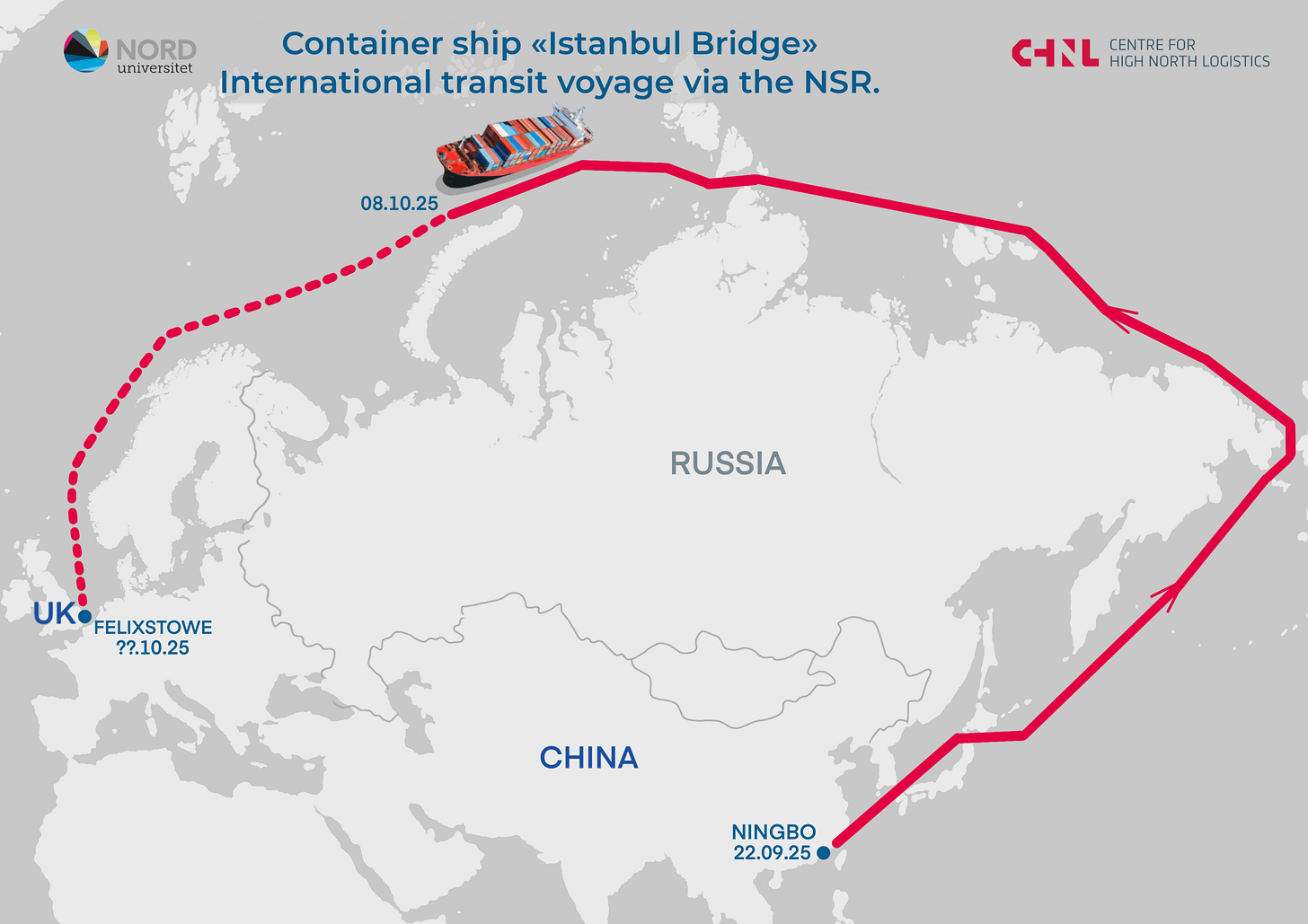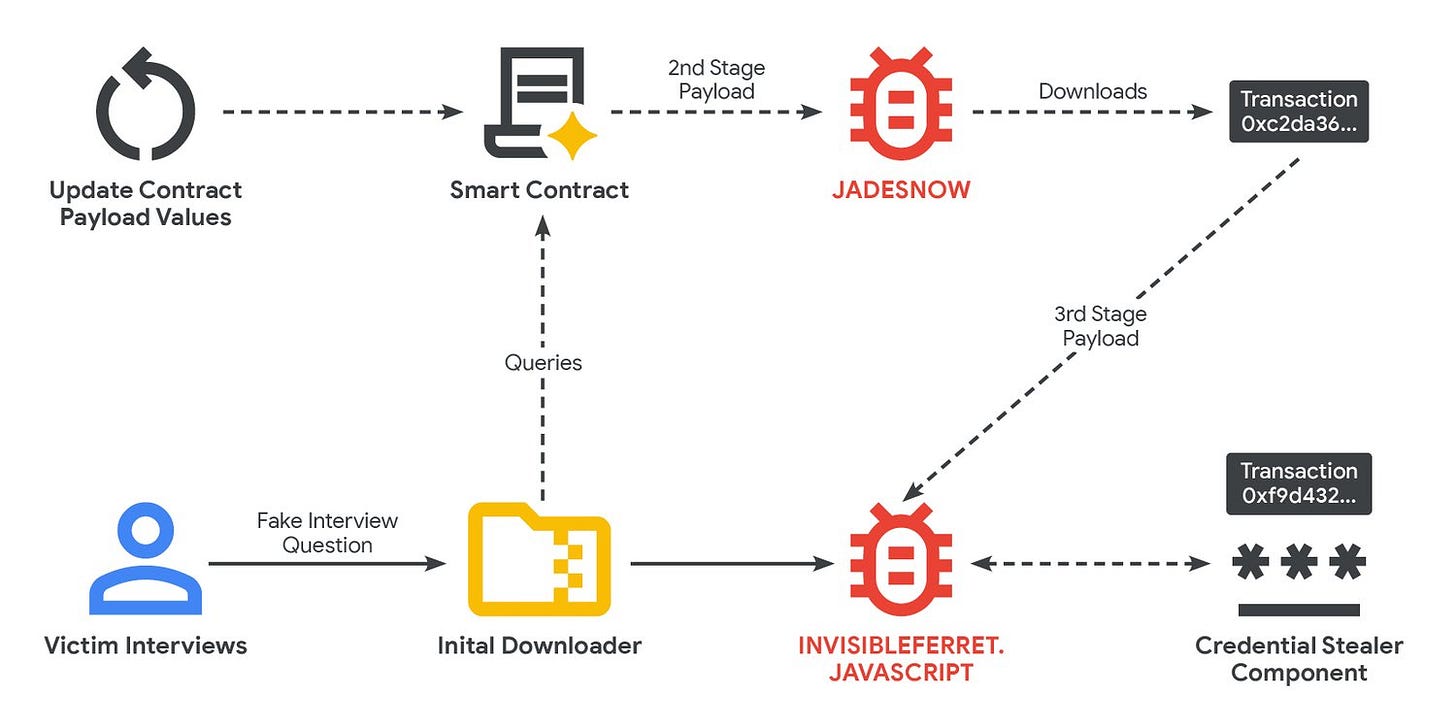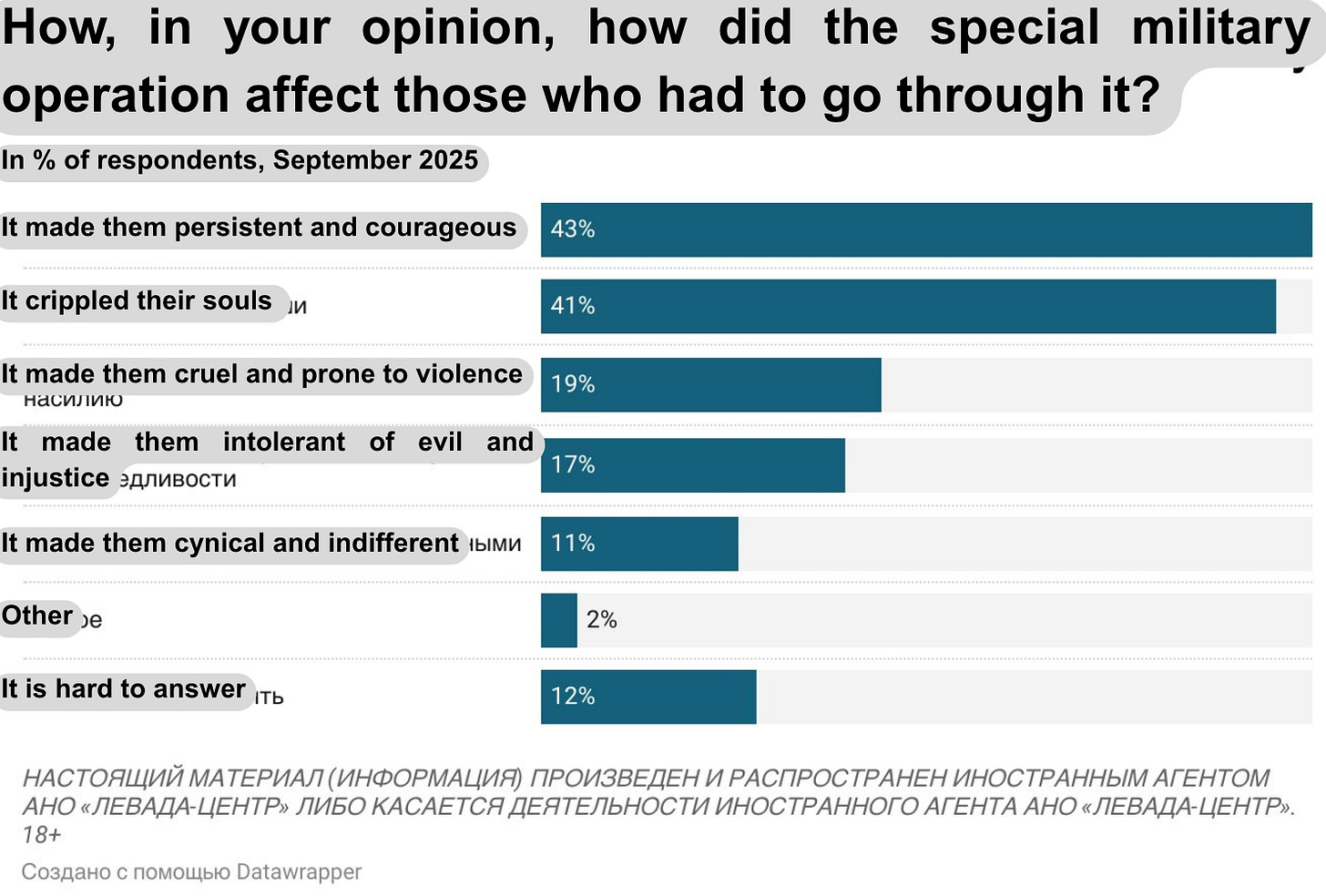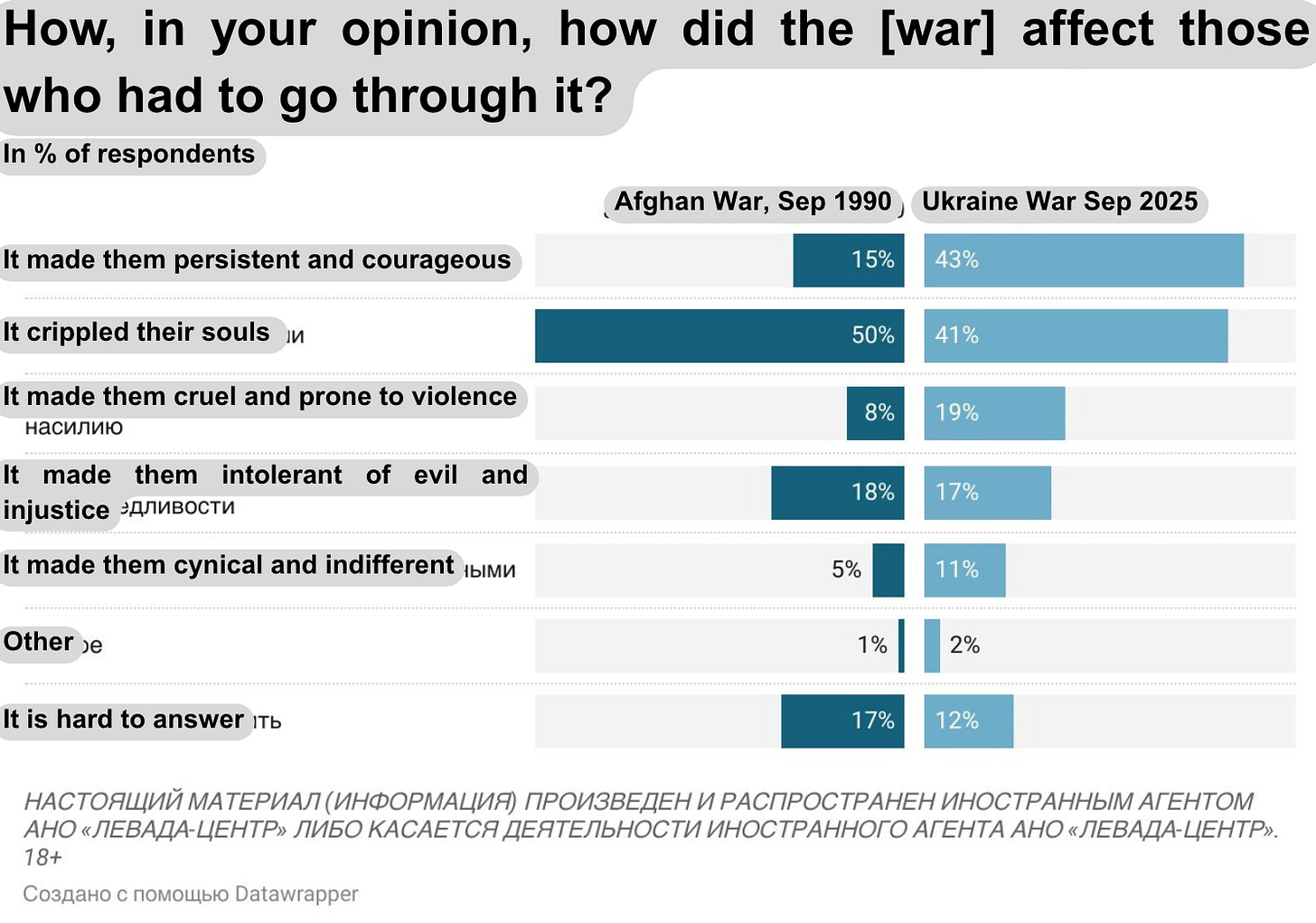Weekly Significant Activity Report - October 18, 2025
This week’s analysis highlights some of the most significant geopolitical developments involving America’s adversaries between October 11 - 18, 2025.
Summary:
New signs of Russian economic distress emerged this week, adding to rapidly deteriorating conditions that may have prompted Russian President Vladimir Putin to agree to new direct talks with US President Donald Trump on ending the war in Ukraine.
A new poll suggests 60% of Russians fear or pity returning combat veterans.
The Russian State Duma weighs legislation that would allow the military to deploy reservists to combat, a move that could pave the way for the mobilization of hundreds of thousands of additional troops.
China purged nine of its top military officials in the latest anti-corruption drive by Chinese President Xi Jinping.
The Netherlands seized control of Chinese-owned chipmaker Nexperia amid concerns about technology transfer to China, allegations of financial mismanagement, and US pressure, triggering retaliation from Beijing.
The Chinese container ship “Istanbul Bridge” finished a record breaking voyage across the Northern Sea Route to the UK, demonstrating the potential for expanding Chinese trade with Europe through the Arctic.
Iran imposed new restrictions on private drone ownership and drone-related businesses and touted recent successes against cyberattacks in an effort to project the regime’s control over internal security.
Ukraine alleges that North Korean drone operators are supporting Russian combat operations in Ukraine.
Google researchers have found that North Korean hacking groups are employing sophisticated blockchain-based malware.
1. NEW INDICATORS SHOW THE RUSSIAN WAR ECONOMY HAS PASSED ITS PEAK AS PUTIN AGREES TO NEW TALKS TO END WAR
Russia Sells Off Large Stake in Petrochemical Giant to China
On October 17, Russian President Vladimir Putin granted special approval for the sale of 8.5% of Sibur Holdings, Russia’s largest petrochemical company, to Chinese state-owned petrochemical giant Sinopec through intermediaries in Cyprus and Hong Kong.
Russia’s Steel Industry Contracts in 2025
On October 13, Russian business journal Vedomosti reported that Russian steel production is down 5% in 2025.
“Steel production in Russia from January to September 2025 amounted to 50.8 million tons, a 5% decrease compared to the same period last year, according to the information and analytical company Chermet Corporation. In September, steel production decreased by 4% to 5.2 million tons, according to the company’s data.” - Vedomosti, October 13, 2025
Putin Admits Oil Production is Declining
In an address at Russian Energy Week on October 17, Russian President Vladimir Putin acknowledged that Russian oil production will fall by “1%” to 510 million tons in 2025. Putin claimed the reduction in production is the result of Russia’s obligations to OPEC+, which will be reversed in 2026.
Russian Refineries May Not Fully Resume Operations Until Mid-2026
According to a October 10 report by Bloomberg, the International Energy Agency believes that Russian refineries struck by Ukrainian drones in recent weeks may not operate at full capacity again until mid-2026 at the earliest.
IMF Cuts Russian Growth Forecast Again
This week the International Monetary Fund slashed Russia’s growth forecast for 2025 for the second time.
April 2025 projection: +1.5% GDP growth
July 2025 projection: +0.9% GDP growth
October 2025 projection: +0.6% GDP growth.
The IMF also assessed Russia’s inflation rate will reach 9% this year.
Construction Companies Suffering Stock Meltdown on Moscow Exchange
This week Kommersant reports that stock index tracking publicly traded construction companies in Russia has suffered a significant decline in recent weeks.
“Since early autumn, the Moscow Exchange Construction Companies Index has fallen 26.1%, a rate of decline two and a half times faster than the market average. The index is being dragged down by declining shares of major companies: PIK Group, LSR, and Samolet have lost 13-37%. This is due to declining demand for housing and pessimistic investor sentiment regarding the future of the construction market.” - Kommersant, October 13, 2025
Russian Railways Preparing for Mass Layoffs
On October 17, RBC.ru reported that Russia Railways is preparing for mass layoffs and limits to new hiring. The layoffs have been spurred by a 95% decrease in profits since 2023. Russian Railways is a state-owned rail monopoly and the country’s largest employer.
Takeways:
It is not clear what drove Russian President Vladimir Putin to agree to new talks with US President Donald Trump to end the war in Ukraine. Putin likely views the negotiations as a means of dividing the US, Europe, and Ukraine while buying time for further battlefield advances.
However, several other factors may have shifted his position on negotiations. The deteriorating economic conditions visible this week—the latest in an unending stream of bad news for the Russian economy—combined with the increasing effectiveness of Ukraine’s US-supported long-range strike campaign, may have convinced Putin that Russia cannot afford to wage war indefinitely. Despite an ongoing major offensive in the Donbas, Russia’s efforts to secure a decisive battlefield breakthrough remain elusive. Putin has allegedly conditioned his acceptance of a peace deal on Ukraine ceding the remainder of Donetsk Oblast to Russia. As a result, Putin may be resuming negotiations now to secure control of all of Donetsk through diplomacy to pursue a minimum acceptable end to the war before Russia’s capacity for future offensives is eroded by its mounting economic woes.
2. POLL: GROWING CONCERN AMONG RUSSIAN PUBLIC ABOUT THE IMPACT OF RETURNING WAR VETERANS
A new poll released by Russia’s renowned Levada Center polling agency on October 14 finds a large percentage of the Russian population either pities or is afraid of returning war veterans.
“Four in ten respondents believed that the special operation made those who had to endure it resilient and courageous (43%), but also crippled their souls (41%). One in five believed that it made them cruel, prone to violence (19%), and intolerant of evil and injustice (17%). Eleven percent of respondents believed that the special operations participants had become indifferent and cynical.” - Levada Center, October 14, 2025
The poll used the same wording as a 1990 survey of Afghan war veterans to allow for comparison. The comparison found Russians today view returning veterans as potentially violent, but also paradoxically more heroic.
“Compared to a 35-year-old survey on participation in the military conflict in Afghanistan, respondents today are more likely to say that the special operation made its participants ‘more resilient and courageous,’ but also ‘cruel, prone to violence,’ and ‘cynical.’ Meanwhile, in 1990, respondents were somewhat more likely to say that the experience of participating in the military conflict (the Afghan War) ‘crippled the souls’ of the soldiers.” - Levada Center, October 14, 2025
Takeaways:
The divergent views of combat veterans indicate a split in perceptions of the war and direction of the country attributed to differences in age group and information consumption.
Respondents from older age groups and those who consume more state media were more likely to view returning veterans as heroes. Individuals from younger cohorts who receive their news from sources outside the government, such as through Telegram groups, were more likely to view returning veterans as potential sources of violence.1
3. RUSSIAN STATE DUMA CONSIDERS BILL TO EXPAND USE OF RESERVISTS IN COMBAT
According to RTVi, this week the Russian State Duma began considering a draft law that would allow the Russian Ministry of Defense to deploy reservists to Ukraine. Such a law could allow Russia to theoretically tap an additional 2 million service members for combat.
Takeaways:
The mobilization of reservists is an extreme measure that the Kremlin has not seriously considered until now due to its potential to destabilize society. The partial mobilization of 300,000 reservists in the fall of 2022 triggered a societal panic that saw hundreds of thousands of Russians flee the country.
The Russian military has already heavily tapped the supposed 2-million-member pool of reservists for combat duty through years of “covert mobilization” of part-time troops into volunteer battalions or private military companies. As a result, it is likely the actual number of troops available for the Russian military to mobilize is significantly smaller than claimed.
4. CHINA PURGES TOP MILITARY LEADERS
On October 17, the Chinese Ministry of Defense announced the removal of nine senior officers for corruption and violations of Party discipline, and their expulsion from the Chinese Communist Party:
He Weidong, member of the Political Bureau (Politburo) of the CCP Central Committee and Vice Chairman of the Central Military Commission (CMC);
Miao Hua, Director of the CMC’s Political Work Department;
He Hongjun, Executive Deputy Director of the CMC’s Political Work Department;
Wang Xiubin, Executive Deputy Director of the CMC’s Joint Operations Command Center;
Lin Xiangyang, Commander of the Eastern Theater Command;
Qin Shutong, Political Commissar of the Army;
Yuan Huazhi, Political Commissar of the Navy;
Wang Houbin, Commander of the Rocket Force;
Wang Chunning, Commander of the Armed Police Force.
Takeaways:
The secretive nature of politics within the CCP’s top echelons makes it difficult to fully understand the rationale behind this purge. Throughout his tenure as CCP leader, Xi Jinping has initiated numerous purges targeting the People’s Liberation Army and Chinese officials more broadly. Xi has wielded allegations of corruption—both real and fabricated—to remove potential rivals, disloyal subordinates, and ineffective or genuinely corrupt officials as part of an ongoing campaign to strengthen party discipline and eliminate alternative sources of power and influence.
This round of ousters, however, is the most dramatic yet, and amounts to a near-total replacement of top party officials within the military. The removal and pending trial of He Weidong and Miao Hua are especially surprising, as both were considered long-time allies of Xi.
Some analysts, such as the Jamestown Foundation’s K. Tristan Tang, have noted that the other officials purged alongside He Weidong and Miao Hua shared long-standing professional ties with both men, suggesting Xi may be dismantling an entrenched patronage network within the PLA.
5. CHINA FIGHTS DUTCH GOVERNMENT SEIZURE OF SEMICONDUCTOR MANUFACTURER NEXPERIA
This week the Dutch government seized control of majority Chinese-owned semiconductor manufacturer Nexperia, amid concerns it would transfer intellectual property to its Chinese parent, Wingtech. China’s Ministry of Commerce denounced the Dutch government for the move and retaliated by imposing export controls on the company.
Takeaways:
While US pressure certainly played a major role in prodding the Netherlands to take action, the most significant impetus for the seizure likely came from China’s own actions. Over the past year, China’s restrictions on critical minerals, dumping of electric vehicles and batteries, and its stated preference for a prolonged war in Ukraine to distract the United States have alarmed many European countries. These actions have prompted European governments to more seriously assess the risks China poses to their critical industries. The misappropriation of $200M in Nexperia funds by its Chinese parent company Wingtech to build a private chip factory in Shanghai likely amplified these concerns.
As the largest importer of Chinese goods in the EU, it is surprising that the Netherlands is one of the first European nations to take such a bold move that will strain its relationship with China. However, Dutch officials and think-tanks, such as the Netherlands Institute for International Relations - Clingendael, have warned for years that China’s controlling stake in Nexperia, and potential acquisition of other Dutch tech companies, posed a serious risk to the country’s economic security.
6. CHINESE CARGO SHIP SAILS THE ARCTIC IN RECORD TIME
On October 13, the Chinese Panamax container ship “Istanbul Bridge” completed a record breaking 20-day, 7,500 nautical mile journey from Ningbo-Zhoushan to Felixstowe in the UK via the Northern Sea Route.

Takeaways:
The 20-day journey shaves between 10-30 days off the sea freight shipping time between China and the UK and European Union, which can take between 30-40 days if traveling through the Suez canal or up to 50 days around Africa via the Cape of Good Hope.
The “Istanbul Bridge” is the first of what China hopes will be a growing number of large liner-type container ships traveling through the Northern Sea Route. The season for shipping along the route is currently constrained by sea ice and inclement weather, however Chinese and Russian officials have expressed optimism that year-round shipping along the route may be viable in the next decade through improved Arctic infrastructure and a growing fleet of ice breakers. Even when year-round shipping does become viable, traffic along the route will likely remain much more limited than traditional alternatives due to a variety of different environmental and logistical constraints.
7. IRAN HIGHLIGHTS EFFORT TO SECURE HOMELAND FROM DRONES AND CYBER ATTACKS
New Law Cracks Down on Private Drone Industry
This week Iranian President Masoud Pezeshkian enacted a new “Comprehensive Law on the Regulation of Civilian Remote-Piloted Aircraft (Drones)”. The law codifies rules for licensing, registering and insuring civilian drones. The new regulations crack down on drone imports and require all licenses for drone manufacturing be approved through Iran’s Ministry of Defense, the IRGC Intelligence Organization, and the Civil Aviation Organization.
Iran Claims to Have Defeated Multiple Cyberattacks
On October 14, Seyyed Mohammad Amin Aghamiri, the head of Iran’s National Center for Cyberspace, claimed that his agency successfully thwarted three major attacks on the country’s infrastructure in recent weeks with help from the Iranian Cyber Police (FATA).
Takeaways:
Both issues indicate a drive by Iranian officials to close gaps in internal security which have plagued the country for years and left it vulnerable to attacks from the US and Israel, as well as convince the public that the regime’s grip on power remains strong.
The new drone law makes the private ownership and development of drone related businesses exceptionally difficult. The law initially passed by the Iranian Parliament in September, aims to prevent a repeat of the small drone attacks that Israel’s Mossad launched inside Iran during the 12-Day War. Since then the Iranian regime has exhibited a deep paranoia about drones. Iranian security forces have arrested dozens of drone operators and manufacturers and seized thousands of commercial drones amid suspicions that the aircraft could be used for espionage.
Iranian officials have not publicly attributed the recent cyber attacks to any group or country. It is possible that Aghamiri’s remarks, made at a national cybersecurity conference, were exaggerated to boost his professional profile and reassure Iranian officials that his agency was closing vulnerability gaps.
8. NORTH KOREAN TROOPS NOW ALLEGEDLY FIGHTING IN UKRAINE
On October 16, The General Staff of the Ukrainian Armed Forces published a video of alleged North Korean troops directing rocket fire into Ukraine’s Sumy oblast.
According to the General Staff the North Koreans are:
“Operating from the territory of Kursk Oblast, these units conduct aerial reconnaissance missions using UAVs, identify positions of the Armed Forces of Ukraine and assist in adjusting fire on Ukrainian positions in Sumy Oblast.
The Defense Forces of Ukraine have intercepted communications between North Korean drone operators and personnel of the Russian army. North Korean UAV operators adjusted the fire of multiple launch rocket systems against Ukrainian positions.
Due to critical manpower losses and the failure of the offensive operation in Sumy Oblast, Russian occupation forces continue to involve North Korean troops in active combat operations.”

Takeaways:
This is the first official allegation that North Korean troops are directly participating in Russian attacks inside Ukraine.
The implications for Russian-North Korean relations—and the international order more broadly—depend on whether the troops are operating as “volunteers” within Russian units, or are conducting combat operations as part of North Korean formations. The latter scenario would imply a very serious escalation in North Korea’s involvement in the war, moving from a supposed defense of its ally’s territory toward offensive operations and support for territorial conquest within Ukraine.
North Korea has not signaled any plans to deploy troops to fight in Ukraine. Although South Korea’s National Intelligence Service warned of potential new North Korean troop deployments to Russia over the summer, recent developments suggest that Pyongyang may be reducing its involvement in the war. Redeployments of commanders, public award ceremonies, and documentary productions in recent months seem to indicate an effort to memorialize the conflict as a part of North Korean history. A dramatic escalation in North Korea’s involvement in the war at this point would indicate substantial new military or economic incentives being offered by Russia.
9. NORTH KOREA EXECUTING COMPLEX CRYPTO MALWARE
On October 16, Google’s Threat Intelligence Group (GTIG) announced that it has observed North Korean hackers from the UNC5342 group employing sophisticated malware via smart contracts on the Ethereum blockchain. The attack, known as EtherHiding, targets users through a compromised website such as a fake job offer, installs itself onto a victim’s computer and executes a malware application that targets user data. The use of the Ethereum blockchain allows the attack to be more difficult to detect, attribute or stop.

Takeaways:
EtherHiding malware has been in use since 2023, but this is the first time nation-state sponsored hackers have used the technique according to Google researchers.
The new malware is one of several sophisticated cyber operations North Korean hacking groups have conducted in recent months. Other operations include elaborate remote work fraud schemes targeting Western companies, enabled by generative AI.
Telegram is the most popular social media app for young people in Russia.






